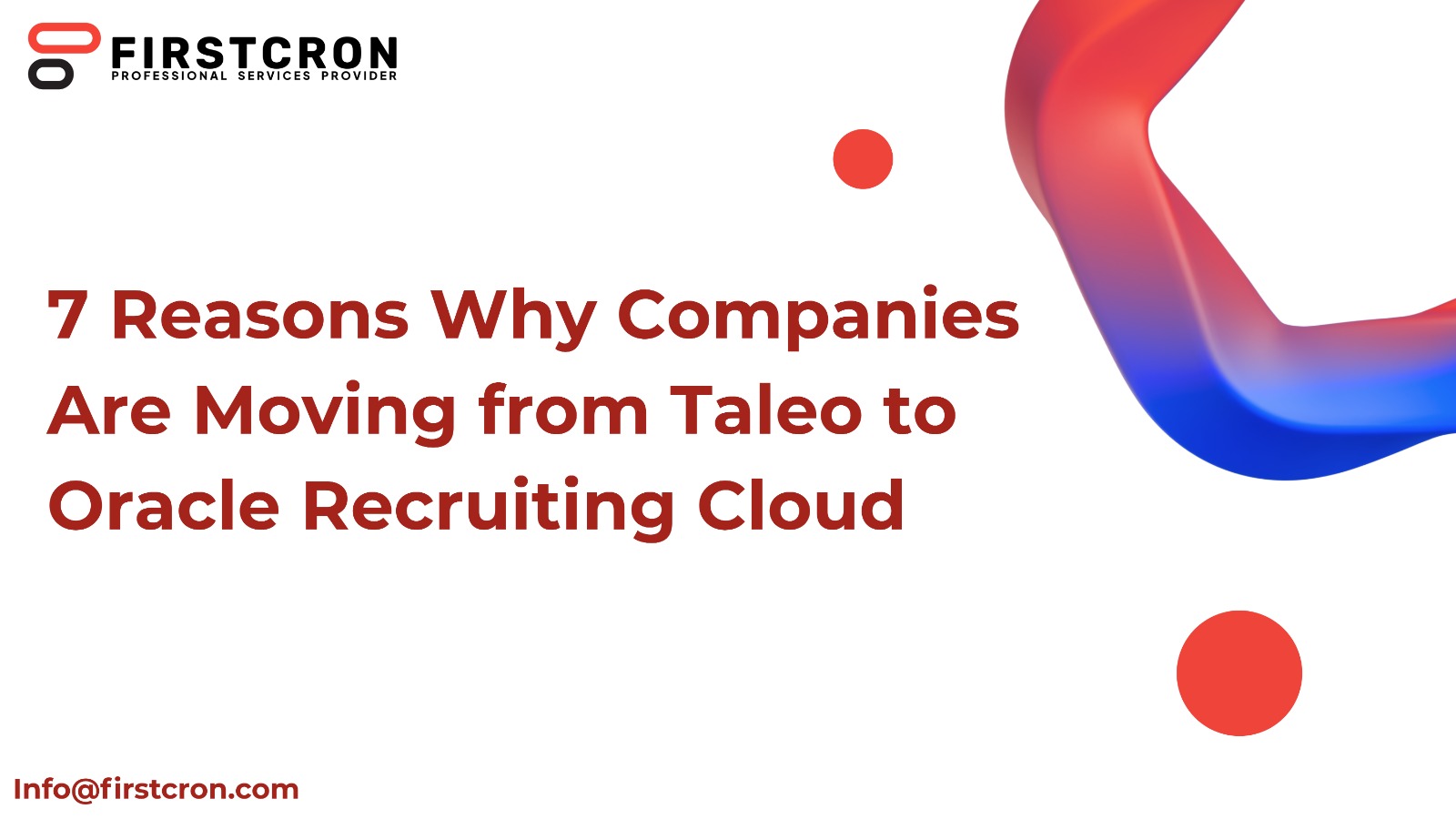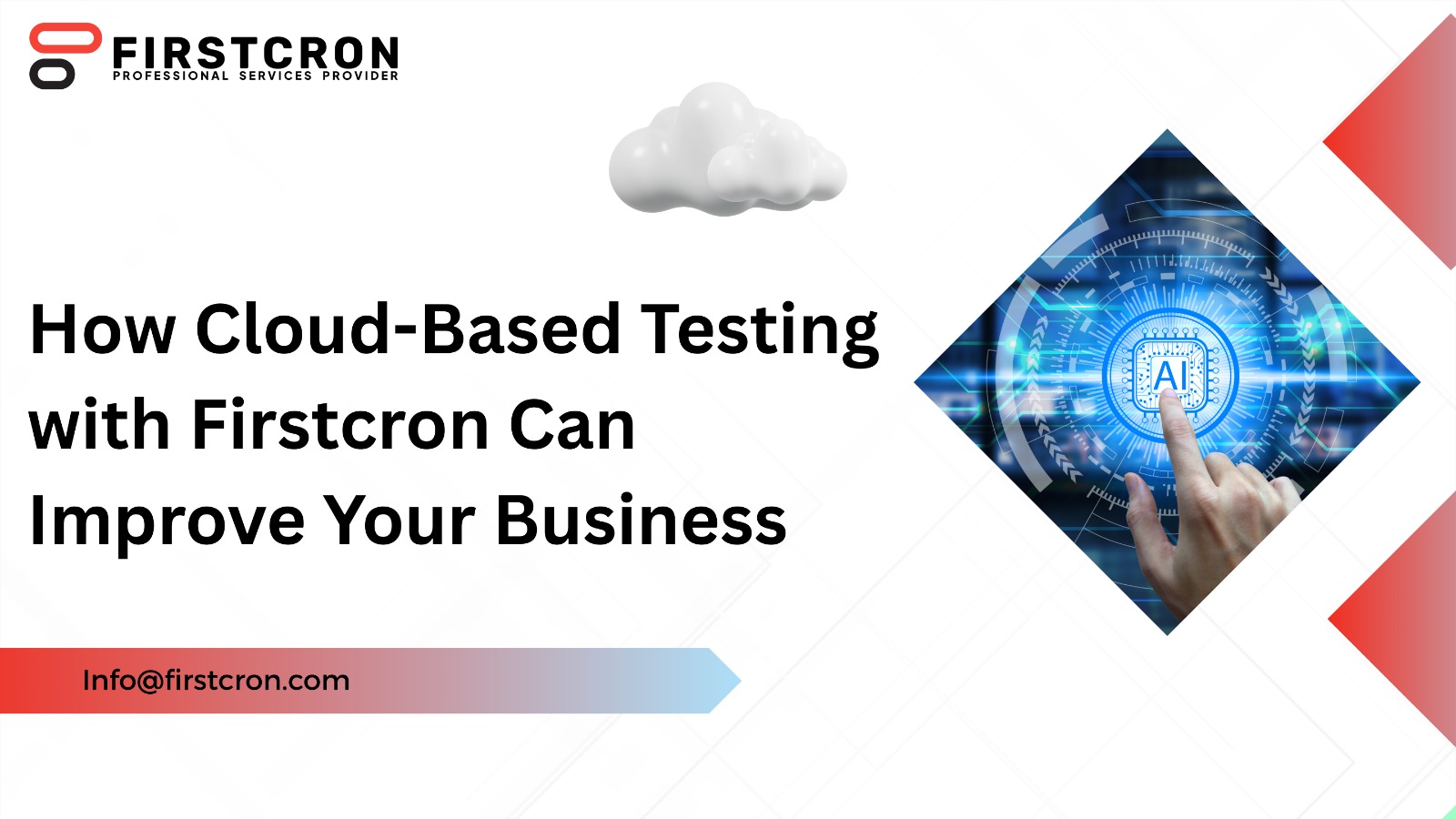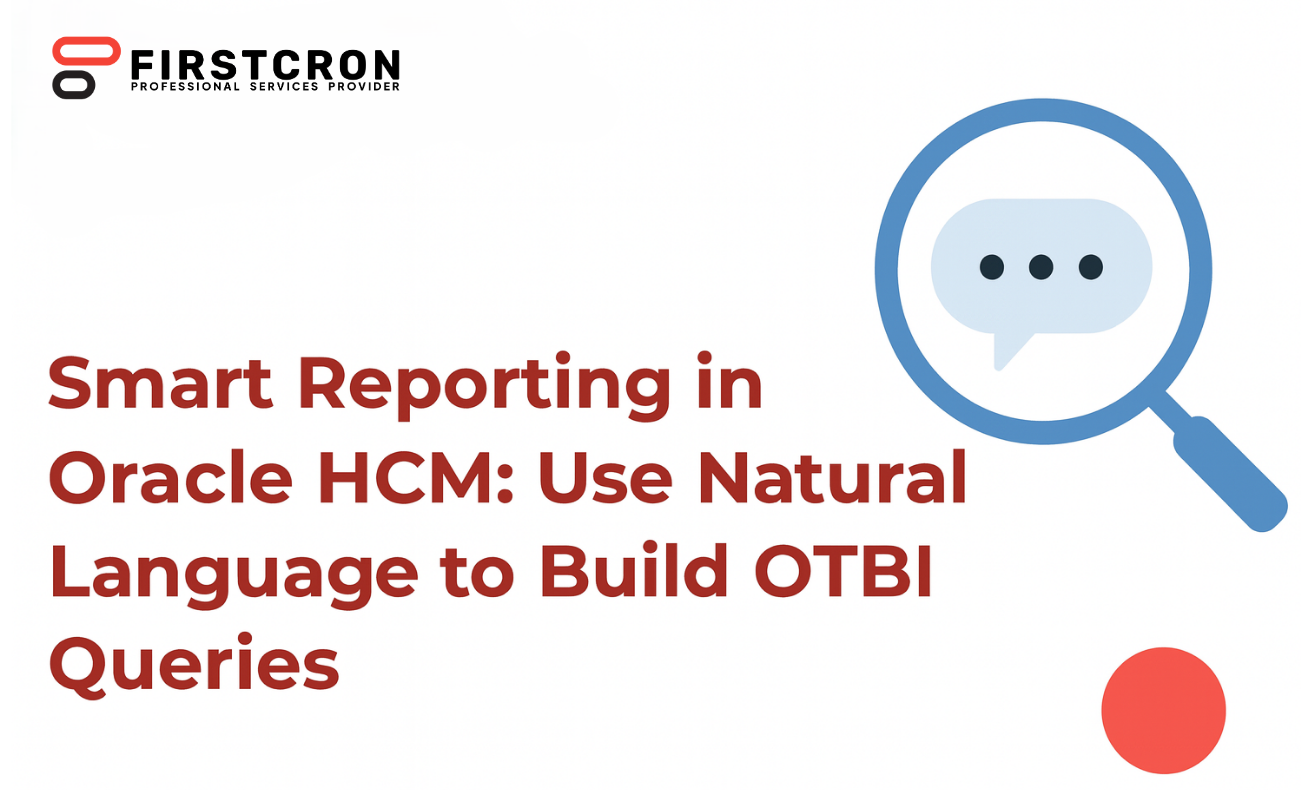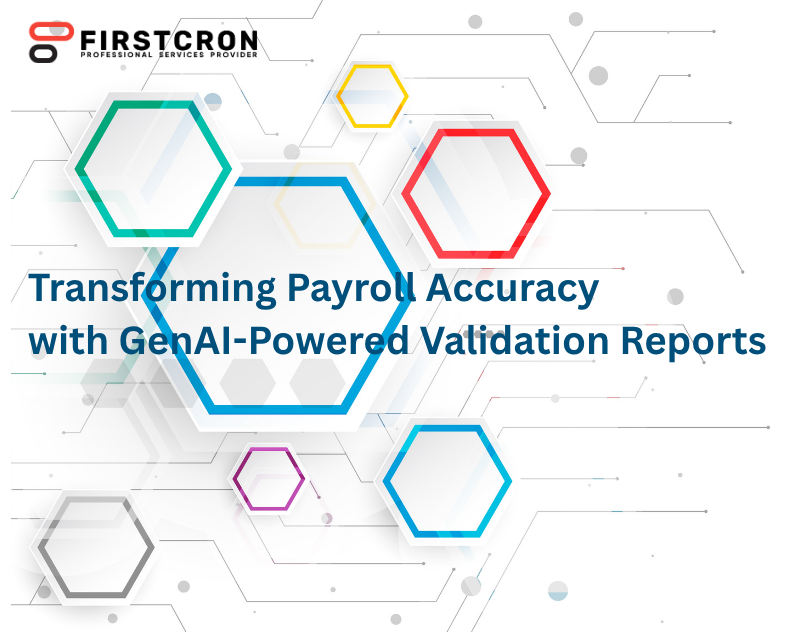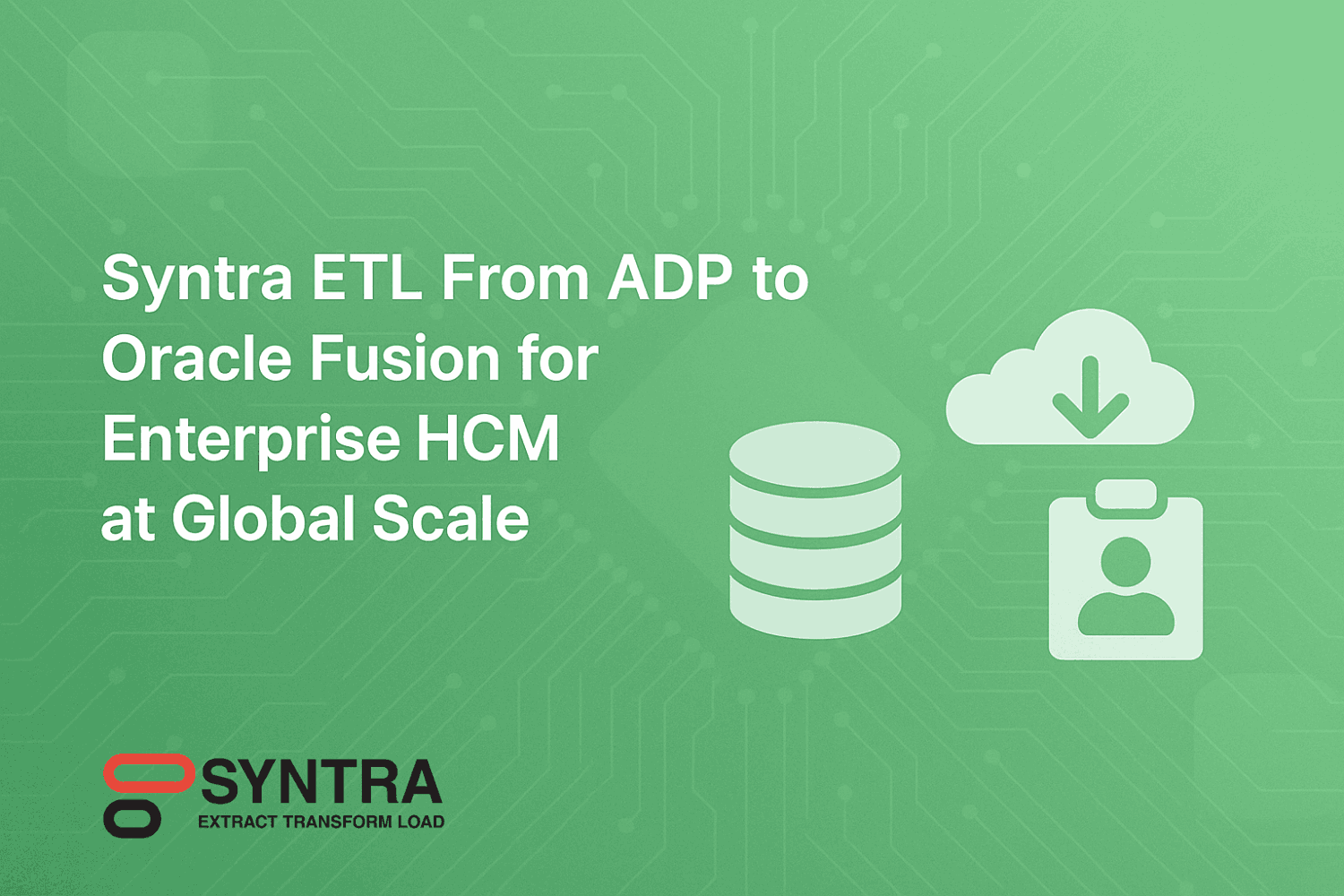
Global enterprises often rely on Oracle Cloud HCM as the system of record for core HR while using ADP to run payroll in one or many countries. That split is common for Tier-1 organizations because Oracle delivers robust HR, talent, and workforce lifecycle capabilities, while ADP offers mature, country-specific payroll engines and compliance services. The operational gap sits squarely in the middle: moving high-quality data between the two platforms reliably, repeatedly, and with audit-friendly control. Syntra is designed to close that gap with an opinionated extract, transform, and load framework focused on Core HR and payroll data flowing from ADP into Oracle Fusion HCM.
In this blog we’ll cover
- Why A Purpose-Built ETL Layer Matters
- How Syntra Complements Native Connectors
- High-Value Object Domains For Transformation
- Syntra Typically Saves Most Time And Effort
- Design Principles For Global Programs
- Sample Transformations
- Operations, Monitoring, And Support
- Security And Compliance
- Modern SaaS Context: Workday HCM And Enterprise HCM Leaders
- Implementation Playbook
- Measuring Value
- Conclusion
Why A Purpose-Built ETL Layer Matters
Point-to-point integrations are great when source and target data models align neatly. HR and payroll rarely do. ADP and Oracle use different codes, object structures, and effective-dating rules. Without a transformation layer, teams end up with spreadsheets, rekeying, and late-night fire drills around pay-cycle cutoffs. Syntra removes that friction by centralizing validation, mapping, and enrichment rules. It stages inbound ADP data, applies business logic, confirms referential integrity against Oracle objects, and loads only clean, conformant records. The result is fewer rejects, faster cycles, and lower operating cost.
How Syntra Complements Native Connectors
Oracle provides productized integration patterns for ADP, including Oracle Payroll Connect and the Global Payroll Interface, which enable real-time or batch transaction flows and configuration screens for monitoring and setup. These are reliable foundations for handshake events, but enterprise programs still need a flexible layer to normalize custom fields, apply country-by-country rules, and orchestrate bulk corrections at scale. That is the zone where Syntra’s ETL approach accelerates delivery and reduces risk by adding data quality checks, reconciliation dashboards, and repeatable runbooks over the top of native capabilities. See Oracle’s overview of Oracle Payroll Connect for ADP Global Payroll and its administration topics for the official scope and patterns of the delivered integration features
High-Value Object Domains For Transformation
In global rollouts, certain data domains create a disproportionate share of effort and delay. Syntra prioritizes these areas because normalizing them unlocks the majority of downstream wins in speed and accuracy.
- Person And Worker Identifiers and Biographical Data aligned to Oracle’s party model, with deduplication and survivorship logic across ADP sources.
- Employment And Assignment including legal employer, business unit, department, job, grade, position, manager hierarchy, work location, and assignment categories.
- Compensation And Pay Elements such as base salary, allowances, overtime, and deductions, mapped to Oracle elements with country-specific eligibility and validation.
- Banking And Payment Methods including account formats and routing rules by country, encryption at rest, and payment-method derivations.
- Taxes And Withholding for statutory regions, tax IDs, filing status, and local codes, harmonized to Oracle tax records where applicable.
- Time, Absence, And Balances where time capture feeds payroll or entitlements drive pay.
- Costing And Accounting Segments such as cost center, natural account, and project segments, formatted to Oracle chart-of-accounts rules.
- Payroll Cycle Metadata including pay period, run types, and close calendars to reconcile what was expected versus what loaded.
- Audit, Status, And Error Handling to track file lineage, transformation steps, rejects, and reruns.
Syntra Typically Saves Most Time And Effort
The top efficiency gains that clients report when Syntra sits between ADP and Oracle Cloud HCM
- Automated mapping of ADP earning and deduction codes to Oracle pay elements, with pre-checks that stop bad data at the door rather than after payroll calculation
- Effective-dating intelligence that merges deltas, resolves overlaps, and sequences multiple changes to avoid duplicate element entries and assignment errors
- Country-aware validation for bank formats, tax attributes, addresses, and identifiers, reducing rejections during Oracle loads and preventing late manual fixes
- Reference data governance for cost centers, grades, jobs, and positions so transformations always use the latest, approved values and segment lengths
- Built-in reconciliation that compares record counts and control totals per pay cycle, surfaces exceptions with human-readable messages, and enables quick reruns
Design Principles For Global Programs
Enterprises rarely roll out in a single country. Syntra’s approach assumes multi-country expansion from day one. That means templatized mappings, localized rule plug-ins, and configuration-over-code so new countries can be added without re-engineering core pipelines. It also means robust logging for auditors, separation of duties for change control, and environment promotion paths so you can test transformations in lower tiers before touching production. Finally, it means performance: large files, parallel loads, and resumable jobs to keep the window small between ADP exports and Oracle imports.
Sample Transformations
The table below illustrates a few representative mappings and controls that highlight how Syntra shapes ADP data before it lands in Oracle. Exact field names vary by ADP product and country, but the patterns are consistent.
| Source In ADP | Transformation Or Quality Control | Target In Oracle Cloud HCM |
|---|---|---|
| Earnings Code | Lookup to element name and classification | Payroll Element or Element Entry |
| Cost Center ID | Normalize length and separators | Costing Segment on Assignment or Element |
| Bank Account and Routing | Country format validation and masking | Person Payment Method and Bank Account |
| Tax Region and Withholding | Map to Oracle tax reporting unit or region | Person Tax Card or Related Payroll Entity |
| Assignment Change Events | Sequence by effective dates | Work Relationship and Assignment |
Operations, Monitoring, And Support
Enterprise HRIS teams need more than scripts. Syntra adds run-time views for each batch, country, and legal employer so practitioners can see what extracted, transformed, and loaded, plus what did not and why. Typical dashboards show record counts by object, reject reasons, and links to retry failed slices without restarting entire jobs. Alerts route to Slack or email for exceptions around cutoffs. Access is role-based so payroll analysts can rerun safe operations while developers manage configuration changes through controlled releases.
Security And Compliance
Payroll data is sensitive by definition. Syntra enforces encryption in transit and at rest, minimizes data retention in staging, and supports tokenized secrets for upstream and downstream connectors. It also provides field-level masking for logs and exports, audit trails for who changed what and when, and environment isolation across development, test, and production. When combined with ADP and Oracle security controls, this creates a layered defense that satisfies auditors while keeping teams productive. Oracle’s product documentation details the secure integration touchpoints and configuration pages for the ADP connection; Syntra operates alongside those to raise overall assurance.
Modern SaaS Context: Workday HCM And Enterprise HCM Leaders
Under the broader theme of enterprise HCM modernization, many programs evaluate or coexist with multiple leading SaaS suites. Workday HCM is widely adopted by global organizations as a modern, cloud-native HCM platform, noted for unified data models and continuous updates. In complex landscapes, it is common to interface Workday HCM or Oracle Cloud HCM with specialist payroll providers by country or region. Syntra’s value proposition—normalized mappings, effective-dating intelligence, and governed reference data—applies across these architectures because the integration pain points are similar regardless of the HCM suite selected. If your strategy centers on a modern SaaS leader for HR with best-in-class regional payroll, an ETL layer like Syntra remains the shortest path to predictable operations.
Implementation Playbook
A typical Syntra deployment follows four phases. Discovery aligns on ADP data sources, Oracle objects, and country scope. Design produces mapping catalogs, validation rules, and exception codes. Build focuses on pipelines, unit tests, and environment setup. Cutover rehearses end-to-end payroll cycles, performance tests, and rollback plans. Throughout, your team codifies runbooks for repeatability, including how to add a new country, a new legal employer, or a new pay element without rewriting the pipeline.
Measuring Value
Success metrics should be defined up front and tracked release over release. Common key results include reduction in manual spreadsheet touch time, lower error rates per 1000 records, shorter payroll cutoff windows, faster onboarding of new countries, and fewer off-cycle corrections. When paired with Oracle’s delivered integration status pages and ADP logs, Syntra’s reconciliation views give leaders a single version of the truth for each cycle. Oracle’s official pages on Payroll Connect and Global Payroll Interface describe the baseline transaction statuses you’ll reconcile against; Syntra layers the operational context and corrective actions on top.
Conclusion
For global enterprises running Oracle Cloud HCM with ADP payroll, the difference between smooth cycles and recurring escalations is the quality of the transformation layer. Syntra provides that layer—extracting from ADP, applying country-aware business rules, validating against Oracle’s structures, and loading with audit-grade reliability. By focusing on the highest-impact object domains and by complementing Oracle’s certified integration patterns rather than replacing them, Syntra helps enterprises save time, reduce cost, and de-risk payroll in every region. Whether your HCM strategy centers on Oracle or includes modern SaaS leaders like Workday, an ETL platform like Syntra is the multiplier that keeps global HR and payroll running on time.
Tags
Related Post
Navigating Oracle Fusion HCM & Payroll Patch 25C: Key Issues And Solutions For UK Local Councils
July 26th, 2025 10 min read
Navigating Oracle Fusion HCM & Payroll Patch 25A: Key Considerations For UK Local Councils
July 27th, 2025 10 min read
7 Proven Oracle Fusion Testing Principles To Guarantee Defect-Free Cloud Deployments
May 16th, 2025 15 min read
7 Reasons Why Companies Are Moving From Taleo To Oracle Recruiting Cloud
June 2nd, 2025 14 min read
How End-to-End Testing Of Oracle Fusion Enhances Operational Efficiency In Banking
May 23rd, 2025 11 min read
5 Business Benefits Of Investing In AI-Powered Performance Oracle Fusion Testing
May 5th, 2025 11 min read
WEEKEND READS
Navigating Oracle Fusion HCM & Payroll Patch 25C: Key Issues And Solutions For UK Local Councils
July 26th, 2025 10 min read
Navigating Oracle Fusion HCM & Payroll Patch 25A: Key Considerations For UK Local Councils
July 27th, 2025 10 min read
7 Reasons Why Companies Are Moving From Taleo To Oracle Recruiting Cloud
June 2nd, 2025 14 min read
How End-to-End Testing Of Oracle Fusion Enhances Operational Efficiency In Banking
May 23rd, 2025 11 min read
How Cloud-Based Testing With Firstcron Can Improve Your Business
June 9th, 2025 12 min read
Smart Reporting In Oracle HCM: Use Natural Language To Build OTBI Queries
August 17th, 2025 20 min read
Data Migration Best Practices: From Taleo To Oracle Recruiting Cloud
May 28th, 2025 13 min read
Transforming Payroll Accuracy With GenAI-Powered Validation Reports
August 10th, 2025 21 min read
Redwood Readiness Checklist
July 23rd, 2025 7 min read









